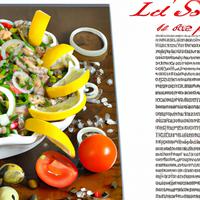
1 serving (200 grams) contains 300 calories, 5.0 grams of protein, 10.0 grams of fat, and 45.0 grams of carbohydrates.

Log this food in SnapCalorie

Nutrition Information
Calories |
352.9 | ||
|---|---|---|---|
% Daily Value* |
|||
| Total Fat | 11.8 g | 15% | |
| Saturated Fat | 5.9 g | 29% | |
| Polyunsaturated Fat | 0 g | ||
| Cholesterol | 11.8 mg | 3% | |
| Sodium | 176.5 mg | 7% | |
| Total Carbohydrates | 52.9 g | 19% | |
| Dietary Fiber | 2.4 g | 8% | |
| Sugars | 29.4 g | ||
| protein | 5.9 g | 11% | |
| Vitamin D | 0 mcg | 0% | |
| Calcium | 58.8 mg | 4% | |
| Iron | 1.2 mg | 6% | |
| Potassium | 176.5 mg | 3% | |
* Percent Daily Values are based on a 2,000 calorie diet. Your daily values may be higher or lower depending on your calorie needs.
Food Attributes
Source of Calories
About Frogeye salad
Frogeye Salad is a unique American dish typically found in potlucks and festive gatherings, originating from the western United States. Its name comes from the small, round acini di pepe pasta that resembles frog eyes when cooked. This creamy salad is made with a mixture of pasta, whipped topping, mini marshmallows, canned fruits like pineapple and mandarin oranges, and a sweet egg custard base. Some recipes also include shredded coconut and maraschino cherries for added flavor. While Frogeye Salad offers some vitamins from the fruit components, it is generally considered a dessert-like dish due to its high sugar content from the marshmallows, custard, and whipped topping. It is not a low-calorie option but can be enjoyed in moderation as a sweet treat. Its nostalgic charm and rich flavor make it a beloved side dish despite its limited nutritional benefits.



